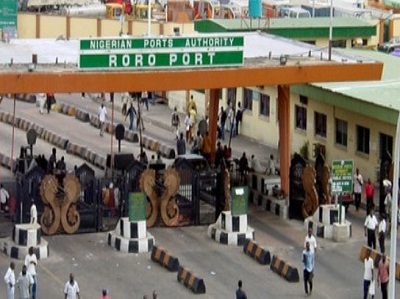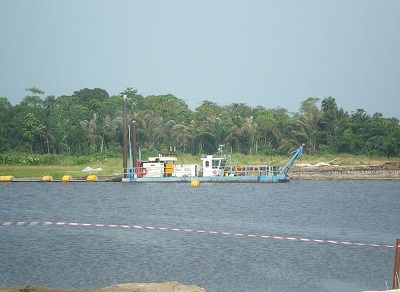Managing Challenges Associated With Drone Operations

Drones have forced major airports to come to a complete standstill on several occasions, resulting not only in inconvenience for passengers but also in significant economic damages. A collision between a drone and an aircraft could also have fatal consequences, especially in association with take-off and landing.
Despite these challenges, drones are beneficial as they help the aviation industry lower costs, become more efficient and safer. It is therefore important for us to address these challenges and focus on the benefits of this technology.
Recently, the Managing Director of the Nigerian Airspace Management Agency (NAMA), Capt. Fola Akinkuotu at the 48th Annual General meeting of NATCA in Kano charged aviators to take cognizance of the changing environment and gear up to tackle the challenge that drones and other unmanned aerial vehicle (UAVs) bring to the table.
According to him, the emergence of drones has remained a challenge in the industry, therefore he urged aviators to explore ways for cohabitation between airplanes and drones through stringent regulations.
To ensure that aircraft and drones share the skies safely, Industry and government partnerships is needed to educate drone operators through social media outreach, and proactive communication from airports and air traffic controllers.
Air traffic controllers can play also play a significant role in ensuring safe integration of drones in the airspace by issuing advisories on the automatic terminal information service or over other communication frequencies to indicate that drones operations are being conducted at or near an airport. Airport surveillance system must be equipped to easily detect drones. The underlying problem is that many airports solely rely on the national radar surveillance service, which is not equipped for detecting drones. In cases where local surveillance radars are used, the radars typically fail to detect drones as they are programmed to remove radar clutter such as birds, which have very similar movement patterns to drones.
As part of efforts to solve this problem, engineers at Saab have been busy testing a solution that is now being finalized as part of the standard Giraffe surveillance radar offer. The feature is referred to as the Enhanced Low, Slow and Small (ELSS) capability.
In the early ELSS tests, the radar detected the drones much better than traditional surveillance radars. The challenge was to distinguish them from birds – the radar picture could be cluttered by hundreds of birds.An advanced algorithms has been developed that can identify drones even in a flock of birds. The false classification probability can be kept on very low levels while still being able to classify drones with a high probability.
Generally, airports are being encouraged to use the airport website and social media to reach UAVs operators, publish a phone number and email address so drone operators know how to provide required notification of flights near an airport as well as educate airport staff on the basics of UAVs rules so they can respond to questions from drone operators and the public. This would facilitate safe integration of drones and UAVs.







